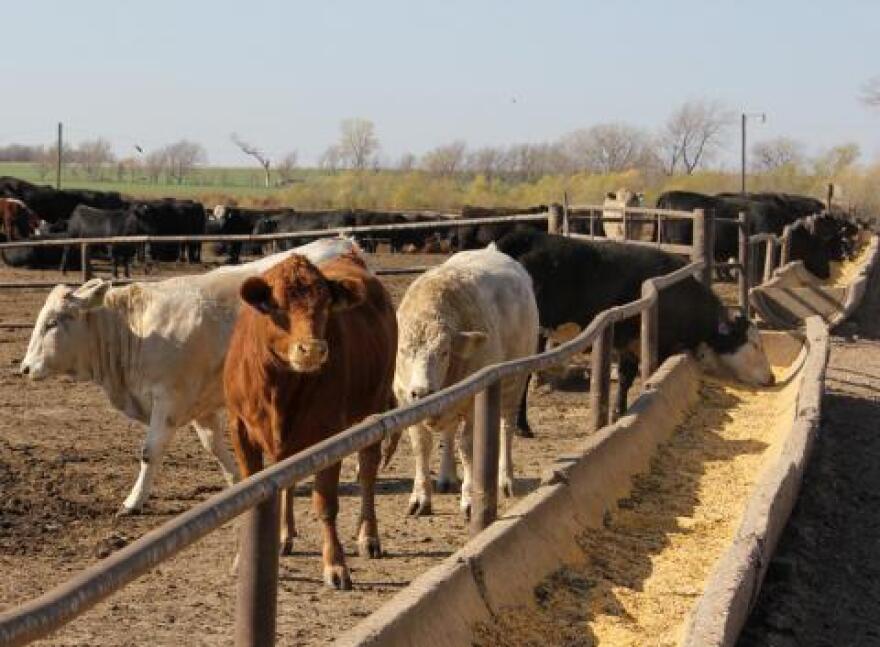The largest association of U.S. physicians is calling for tighter rules on antibiotic use in livestock.
The American Medical Association (AMA) says there should be an outright federal ban on using antibiotics to plump up farm animals. Last year, the Food and Drug Administration asked pharmaceutical companies to voluntarily phase out the use of antimicrobial drugs that promote growth in livestock.
The overuse of antibiotics is problematic because it can lead to strains of bacteria resistant to treatment, often called “super bugs.” Mike Apley, a professor of veterinary medicine at Kansas State University, says that can happen by constantly exposing animals to antimicrobials.
The concern is that by adding antimicrobial drugs to livestock at a low dose, “we would select for the resistant organisms that would then pass through the environment or the food chain and into humans,” he said.
Apley says the dosage of antibiotics used for growth-promotion is actually less likely to select for resistant strains than the doses for the other two common uses in livestock: treatment and prevention of illness. “We’ve knocked off the most politically expedient one, but we set a precedent of doing that by not requiring any real evidence that one of these categories is more or less of a potential problem for human health than the others,” he said.
Ultimately, Apley says, more research and complete veterinary oversight of animal medication is needed.
Indeed, the AMA’s new, more stringent policy says that antibiotic prescriptions for food-producing animals should be overseen by a veterinarian. It also supports an expansion of surveillance and data collection of antibiotic use by the FDA. The AMA’s previous policy only opposed non-therapeutic uses of antibiotics.
Livestock are responsible for about 70 percent of antibiotics and drugs used in the U.S., according to the Union of Concerned Scientists. The amount of animals, their physical size and their biological makeup all contribute to that percentage.







